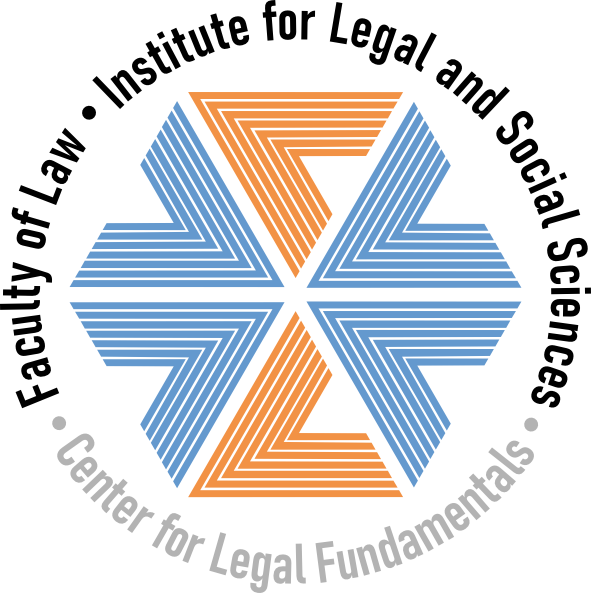Prikaz osnovnih podataka o dokumentu
Opoziv čeka
Countermand of a cheque
| dc.creator | Radović, Mirjana | |
| dc.date.accessioned | 2024-03-11T14:49:06Z | |
| dc.date.available | 2024-03-11T14:49:06Z | |
| dc.date.issued | 2016 | |
| dc.identifier.issn | 0003-2565 | |
| dc.identifier.uri | https://ralf.ius.bg.ac.rs/handle/123456789/920 | |
| dc.description.abstract | U ovom radu autorka istražuje pravne aspekte opoziva čeka. Prvi deo rada objašnjava pojam, pravni značaj i pravnu prirodu opozivanja čeka. Drugi deo je posvećen pravu na opoziv čeka i uslovima za njegovo vršenje. U tom pogledu je analiziran uticaj proteka roka za prezentaciju čeka na is- platu, izvršenja isplate čeka od strane banke trasata, kao i prihvatanja samostalne obaveze banke trasata prema imaocu čeka, na pravo trasanta da opozove punovažno izdat ček. Potom su objašnjene osnovne karakteristike izjave o opozivu čeka, koje se tiču: davaoca, adresata, forme, sadržine i prijema izjave, odnosno momenta nastupanja njenih pravnih dejstava. Sledeći deo se bavi uporednopravnom praksom ograničavanja roka važenja opoziva čeka i utvrđivanjem njene prihvatljivosti u srpskim okvirima. Najzad, u poslednjem delu je pružena detaljna analiza pravnih posledica punovažnog opoziva čeka, pre svega iz ugla prava i obaveza banke trasata. | sr |
| dc.description.abstract | In this paper the author explores legal aspects of countermanding cheques. The first part of the paper explains the notion, legal significance and legal nature of stopping payment of cheques. The second part of the paper deals with the right to countermand payment of cheques and the requirements for exercising this right. In this respect, the author analyses effects of an expired deadline for cheque presentation, executed payment by the drawee bank, as well as the duty of the drawee bank to pay the cheque towards its holder, on the drawer's right to stop payment. There-after, the main characteristics of a countermand instruction are explained, with regard to: the persons authorised to give and receive this instruction, its form, contents and legal effects. The next part of the paper explains the comparative legal practice of limiting the period in which countermand of a cheque remains effective and explores its suitability for the Serbian law. Finally, the last part of the paper contains an in depth analysis of legal consequences in case of an effective stop payment order, especially in connection to the rights and obligations of the drawee bank. | en |
| dc.publisher | Univerzitet u Beogradu - Pravni fakultet, Beograd | |
| dc.rights | openAccess | |
| dc.rights.uri | https://creativecommons.org/licenses/by/4.0/ | |
| dc.source | Anali Pravnog fakulteta u Beogradu | |
| dc.subject | tekući račun | sr |
| dc.subject | prejudiciranje | sr |
| dc.subject | platni nalog | sr |
| dc.subject | opoziv | sr |
| dc.subject | ček | sr |
| dc.subject | stop payment order | en |
| dc.subject | current account | en |
| dc.subject | countermand | en |
| dc.subject | cheque | en |
| dc.title | Opoziv čeka | sr |
| dc.title | Countermand of a cheque | en |
| dc.type | article | |
| dc.rights.license | BY | |
| dc.citation.epage | 195 | |
| dc.citation.issue | 1 | |
| dc.citation.other | 64(1): 175-195 | |
| dc.citation.rank | M24 | |
| dc.citation.spage | 175 | |
| dc.citation.volume | 64 | |
| dc.identifier.doi | 10.5937/AnaliPFB1601175R | |
| dc.identifier.fulltext | https://ralf.ius.bg.ac.rs/bitstream/id/549/917.pdf | |
| dc.identifier.rcub | conv_395 | |
| dc.type.version | publishedVersion |


